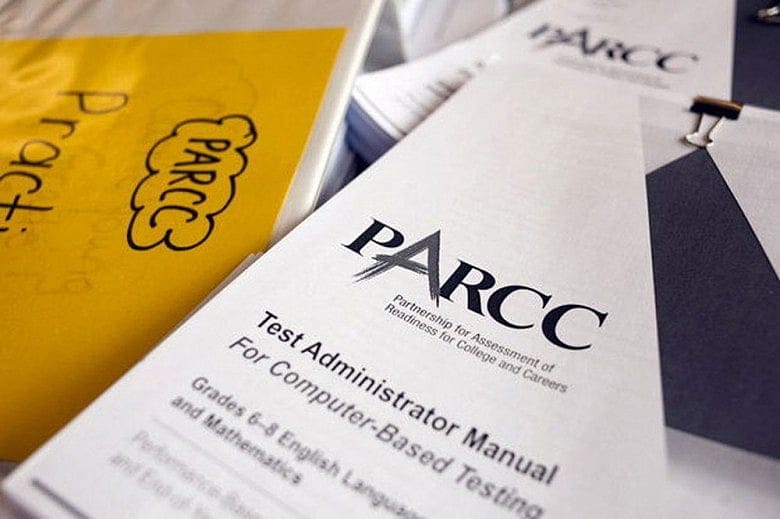Is There Anything Common Core Gets Right?

Most books on public education in any country do not favor workforce preparation for all students in place of optional high school curricula or student-selected post-secondary goals. Nor have parents in the USA lauded Common Core's effects on their children's learning or the K-8 curriculum. Indeed, few observers see anything academically worthwhile in the standards funded by the Bill and Melinda Gates Foundation and promoted by the organizations it has subsidized to promote them (e.g., the Thomas B. Fordham Institute, the U.S. Chamber of Commerce, and Jeb Bush's Foundation for Educational Excellence).
Joy Pullmann's The Education Invasion: How Common Core Fights Parents for Control of American Kids (Encounter Books, 2017) is a recent addition to the critics' side of the Common Core controversy. Her purpose is to explain what Common Core is and how it got to be implemented in almost every public classroom in almost every state in a remarkably short period of time (less than five years). She does so chiefly from the perspective of the many parents and teachers she quotes.

